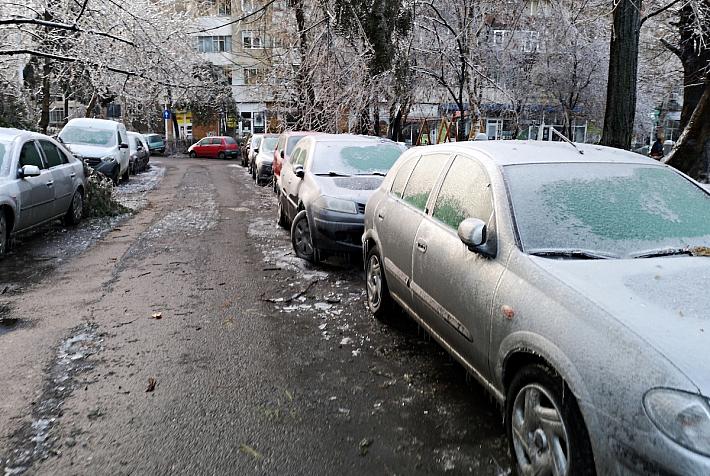Allianz Trade: Romania’s inflation rate remains highest in the region despite April decline

Despite falling to 5.9% annually in April, Romania’s inflation remained the highest in the region, an analysis by Allianz Trade said. Moreover, according to the same source, by the end of 2024, consumer inflation is expected to exceed the central bank target ranges again.
Allianz Trade said in its analysis that in the Central and Eastern European markets, inflation is expected to rise or remain above central bank target ranges until the end of 2024.
“The decline in the rate of consumer inflation in the CEE over the past year has been above expectations, mainly due to the sharp drop in food and energy prices. However, recent April data show a pick-up in inflation in Poland (2.4% y/y, March 2.0%), the Czech Republic (2.9% y/y, March 2.0%), and Hungary (3.7% y/y, March 3.6%). The reversal was mainly driven by stronger growth in food prices, especially in Poland, which reintroduced the increased VAT rate,” reads the press release.
In Poland and the Czech Republic, rising fuel prices also played a key role, reflecting the recent increase in global oil prices. Analysts expect food and energy inflation to rise for the rest of the year as the mentioned base effects fade.
“In the meantime, in Romania, although it fell to 5.9% annually in April, inflation remained the highest in the region. By the end of 2024, consumer inflation in Poland (4.6% annually in December), the Czech Republic (3.7%), Hungary (4.8%), and Romania (4.7%) is expected to exceed the central bank target ranges again,” the same source said.
For 2025, forecasts show a gradual decrease, except for Romania, where this could last until early 2026.
Allianz Trade’s analysts expect the monetary policy in Central and Eastern Europe (CEE) to be moderate until the end of 2025, “given the outlook for inflation and central banks likely to keep real monetary policy interest rates in positive territory.” Besides inflation increase, other reasons for a prudent monetary policy in the CEE region include expectations of a moderate monetary easing cycle by the Fed and ECB, the uncertainty of oil prices amid the current crisis in the Middle East, and wage growth and loose fiscal policy in Poland, Hungary, and Romania.
“In addition, economic activity indicators for the first quarter point to an improving growth outlook, driven by domestic demand (especially in the services sector), which means that a reduced monetary stimulus may be needed for 2024,” the same analysis reads.
In this context, the Central Bank of Poland is expected to keep the monetary policy rate unchanged at 5.75% at least until the third quarter of 2024. Meanwhile, baseline scenario estimates are that the National Bank of Romania will most likely cut the policy rate by a total of 75bps in the second half of 2024, reaching 6.25% by the end of the year.
“However, the fiscal deficit rhythm (already at over 3%, against the initial target of 5% of GDP at the end of the year) could undermine our estimates above. Already faced with hard-to-reduce inflation in an election year when reducing recurrent government spending does not seem to be a priority, the National Bank may have to postpone its long-awaited monetary policy easing decisions. Inflation at the end of April of 5.9% is falling at a slower pace than previously forecast. A better agricultural year could help to keep inflation under control but most likely will not be able to offset double-digit increases in budget spending, which is why expectations also remain moderate,” said Mihai Chipirliu, CFA-Risk Director at Allianz Trade.
irina.marica@romania-insider.com
(Photo source: Allianz Trade)












